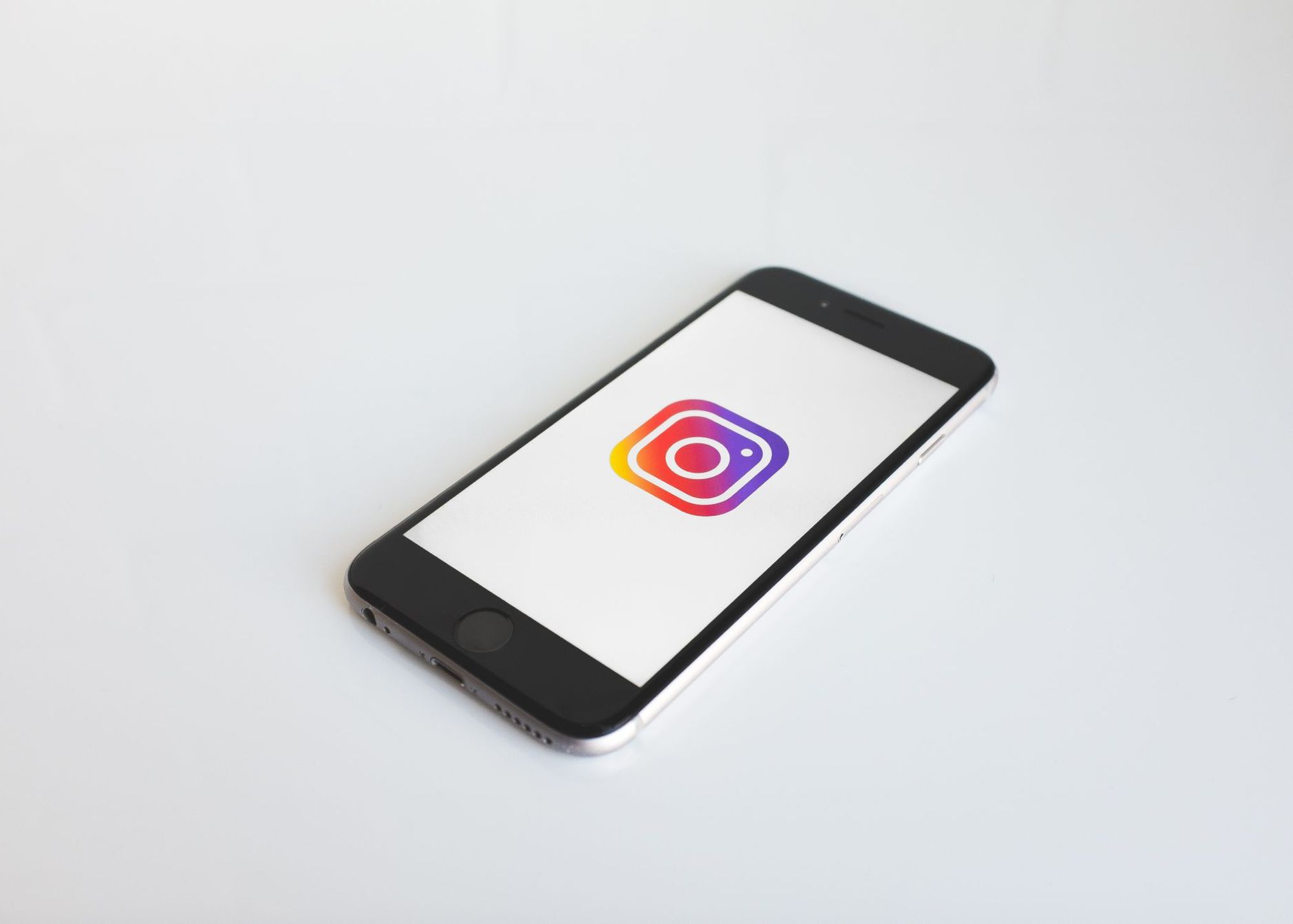
How to Add Captions to IGTV Videos
This step by step guide will show you how to add captions to IGTV Videos
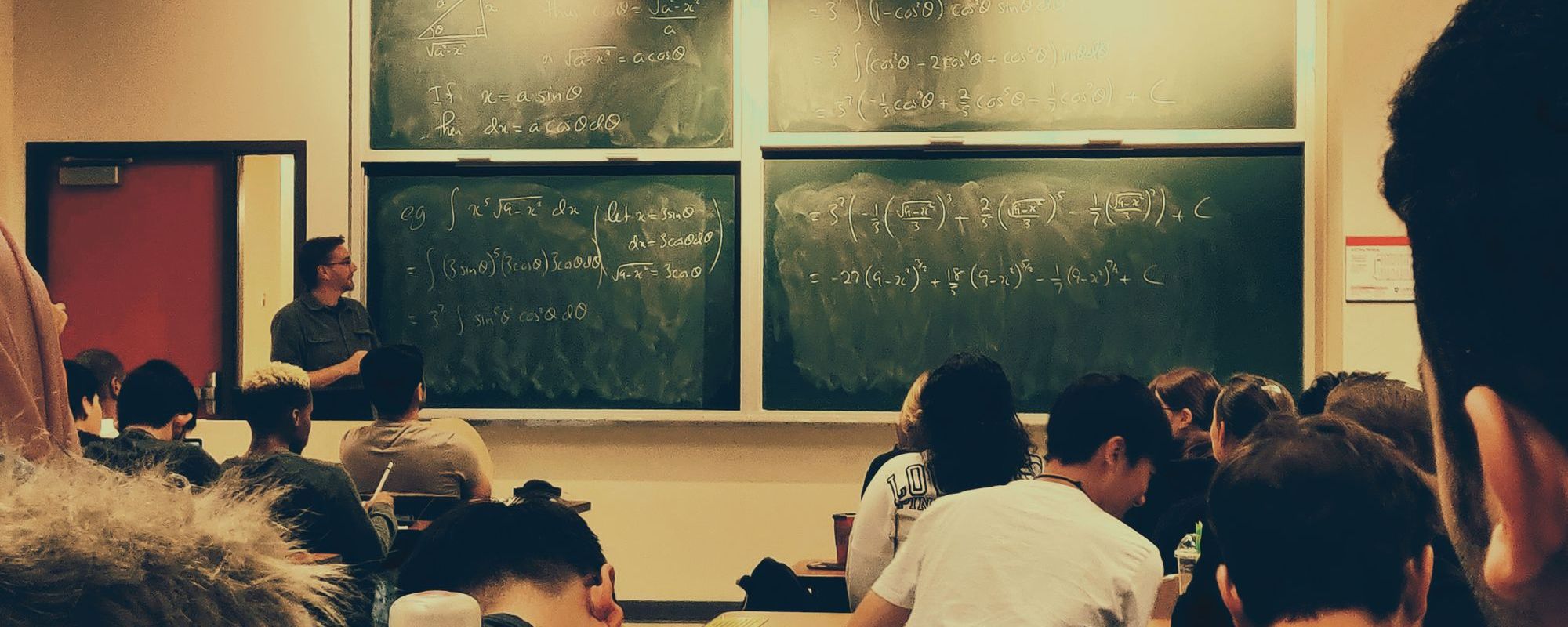
Increasing your GPA is easy when you record and transcribe your lectures. Here is how audio to text technology can help you.
It’s that time of year again. Students are going back to school. I see the Facebook posts and pictures filling my feed:
and
My student days are long gone. However, I still love this time of year. To me, the end of August, beginning of September signals the true ‘New Year’. A new school year means a clean slate, the opportunity to set new goals, and a vow to do better this year.
I know many students - like you - have the same ambitions for the year ahead. Perhaps one important goal is even on your mind: How do I boost my GPA this school year?
By studying of course!
But how can you make learning and studying more effective? One sure fire way to improve your GPA this year is by recording and transcribing your lectures. Here is a list of a few ways this can help:
Many lectures cover new terminology and/or complicated material. By recording, you get a 100% accurate account of every word your professor utters. As the average person speaks approximately 125 words per minute, but only can write around 13 words per minute, it is impossible to jot down everything your lecturer says.
You know how this goes. You start writing notes and before you finish jotting down the first thing your teacher says they’ve already mentioned another important detail, and you’ve missed the first part of what was said.
If you record your lectures, you can later convert the audio to text and have a complete written account.
Often the content covered is difficult to understand when uttered to you at a fast speed. By recording the lecture, you can play back the lecture at your own pace. This allows you to better understand topics you didn’t fully understand the first time.
Also if you record and convert your audio to text, you can capture accurate spellings of unfamiliar words, which will make it easier to look up definitions later. Additionally, you will capture the full sentence the new term was used in providing content to help you decipher the meaning.
Note-taking is challenging. As mentioned above, you simply can’t write fast enough to keep up with what your professor is saying. Additionally, note-taking involves listening and processing simultaneously. The result is that you may only capture 30% to 40% of the important lecture points in your notes.
By recording and converting your audio to text, you can free yourself up from note-taking. This allows you to fully engage in the lecture. Being fully present for the class, gives your brain the capacity to make personal connections and ask intelligent questions on content that you don’t understand.
This is particularly true if you are an auditory learner. Knowing everything your professor says is being captured, allows you to actively listen in class.
Both asking questions about topics you don’t understand and participating in class discussions have been known to help students learn and understand material better and lead to improved grades. Simply put, a better grasp of the material means a boost in your GPA.
If you have a recording of a lecture, you can re-listen to that material wherever you are. Re-listen to important parts of the lecture whilst you walk across campus, run on the treadmill, or drive back home during breaks. Re-listening to lectures can help you pick up a pertinent test worthy detail.
Additionally, recording and later converting that audio to text, you’ll have a Word document that you can use to make detailed notes. Cutting, pasting and underlining existing text is much quicker than writing out new notes from scratch.
Moreover, an automatic transcription of the lecture allows you to utilise the CTRL + F function to find topics quickly in the lecture that you want to review and understand better. Software, like Happy Scribe’s Interactive Editor, will jump to an exact word or phrase in the recording and highlight the text as you listen. This way you can both listen and watch what the lecturer said.
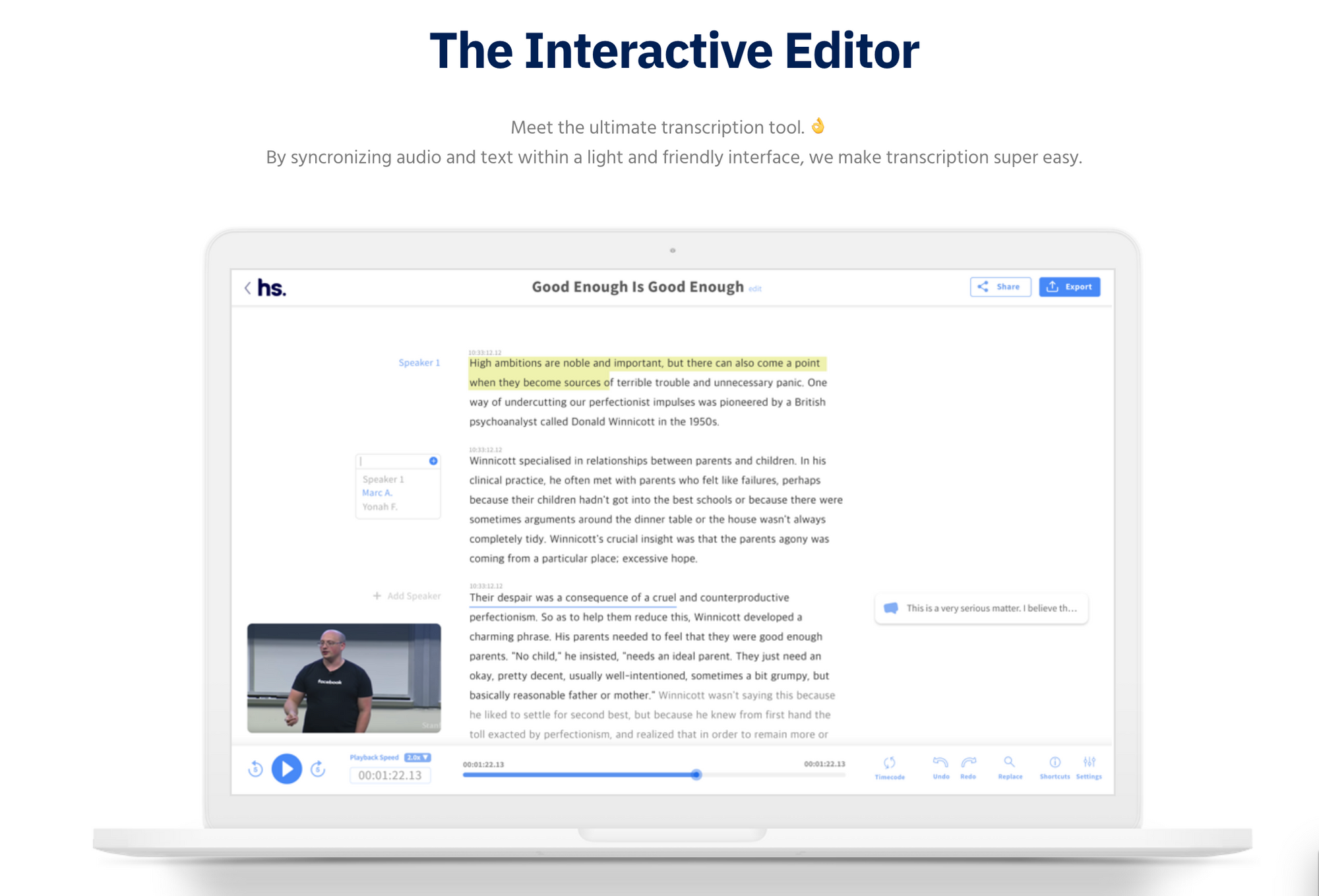
Are you the kind of person that loses notes and papers? Then recording is definitely for you! Recording your lectures provides a back-up. If you convert the audio to text, then both the recording and the text will be stored on the Internet to access at anytime, anywhere.
Let’s face it. School can be a lonely place and making friends can be hard. However, recording your lecture can help with this too!
You know the scenario. The student next to you missed a whole week of lectures and when they return they cheekily ask to copy your notes. You don’t want to be that jerk, but you don’t want to relinquish your notes either. To be fair, your notes aren’t going to make much sense to anyone else anyway.
Instead you can offer to email them the MP3 recording and automatic transcription so they can make their own notes. You appear helpful, winning brownie points, but you aren’t entirely handing over your hard work.
Likewise, if you know that you’re going to be absent, you could ask your new friend to record the class lecture you’re going to miss. This was you can convert the audio to text and make your own relevant notes without missing any detail.
Raising your GPA is hard work, but recording and transcribing your lectures can help you be on your way to that 4.0 in no time.
Just be sure to use good recording techniques on your mobile phone to capture the best sound quality.
If you need help converting your audio to text, then contact us at Happy Scribe. The first 30 minutes is on us and you can even get a 25% discount on monthly plans.

This step by step guide will show you how to add captions to IGTV Videos
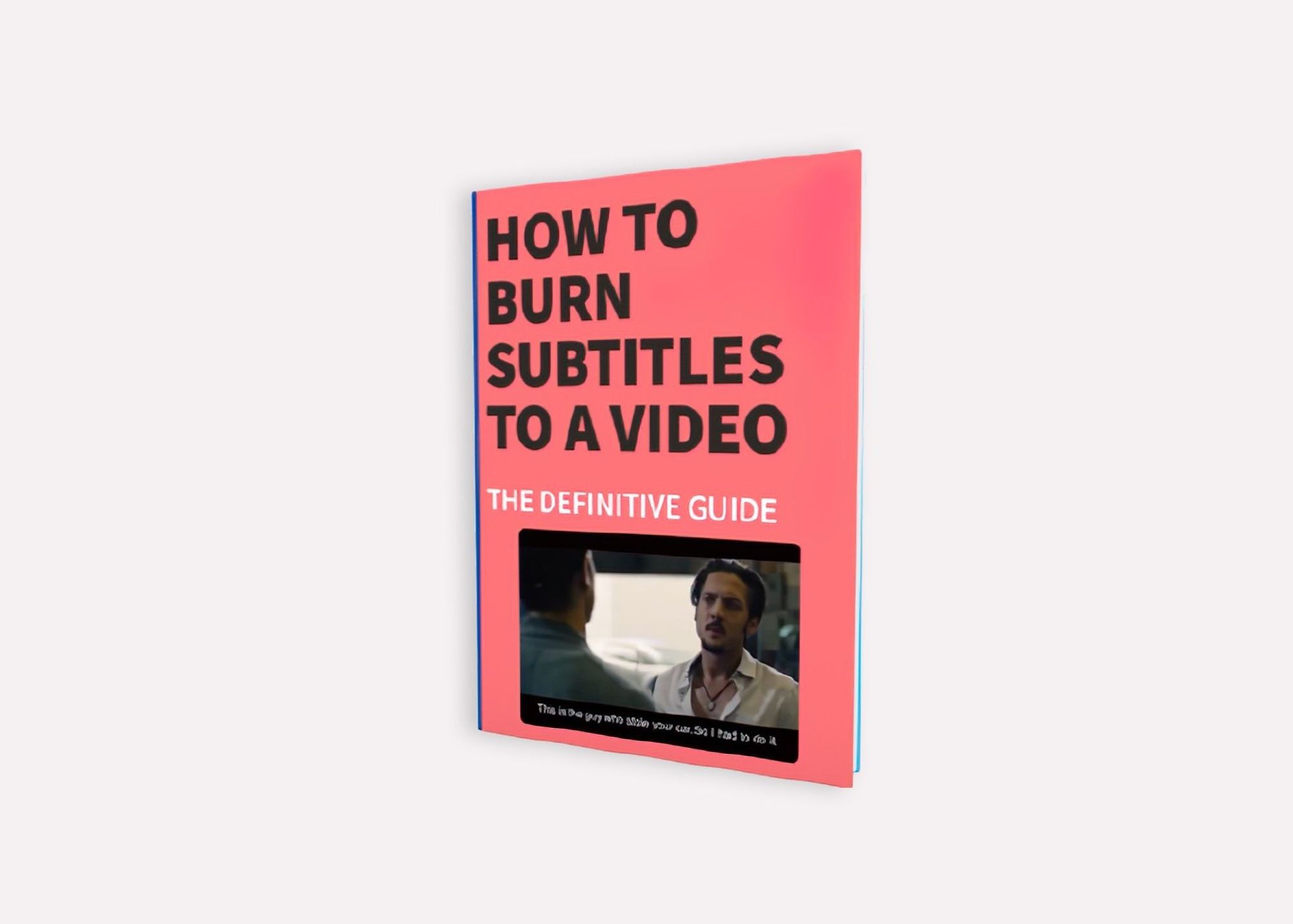
The definitive guide to generating subtitles and captions automatically to your videos and hardcode them directly to your video.
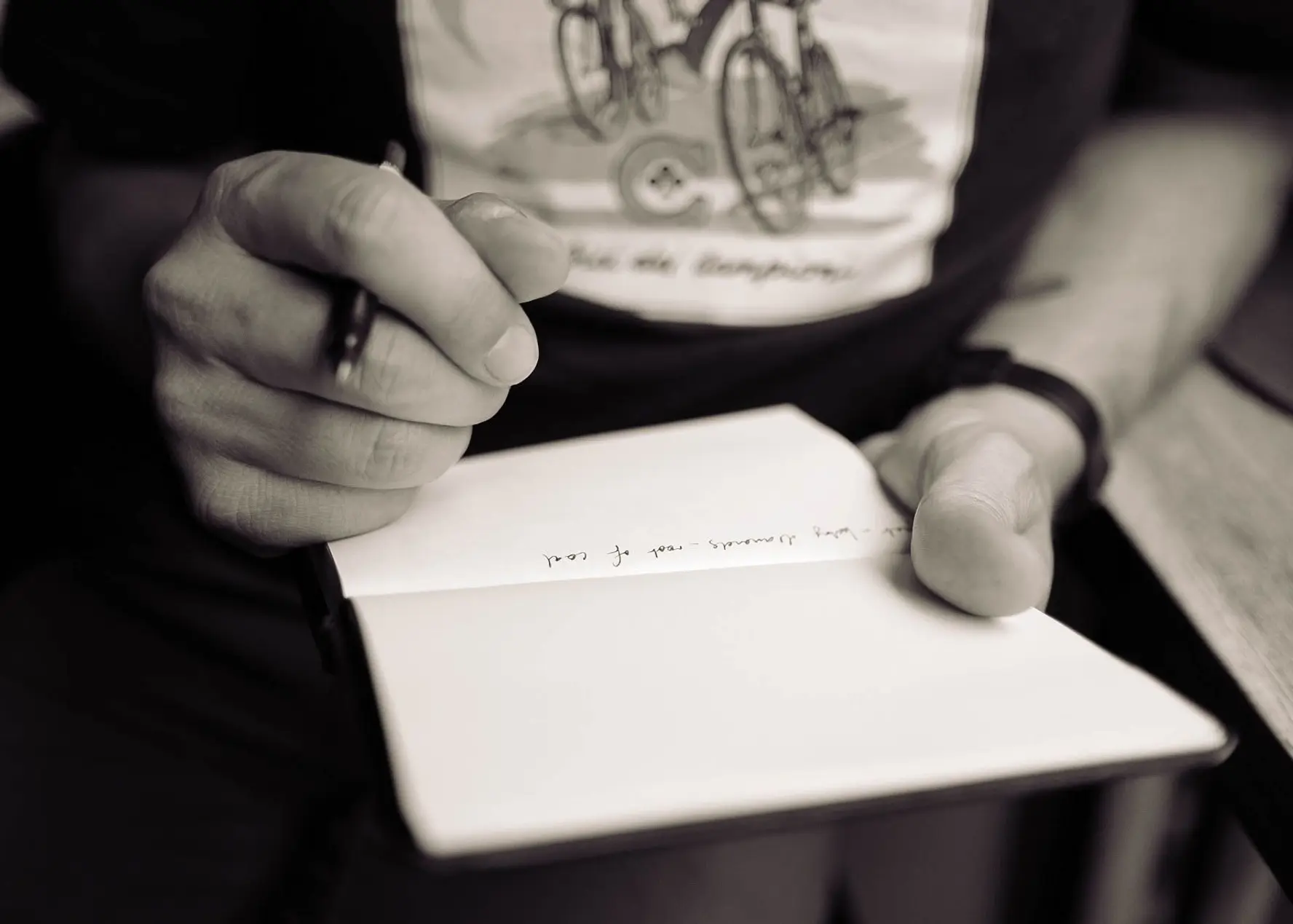
What are the pros and cons of recording and note-taking? Which one is right for you?
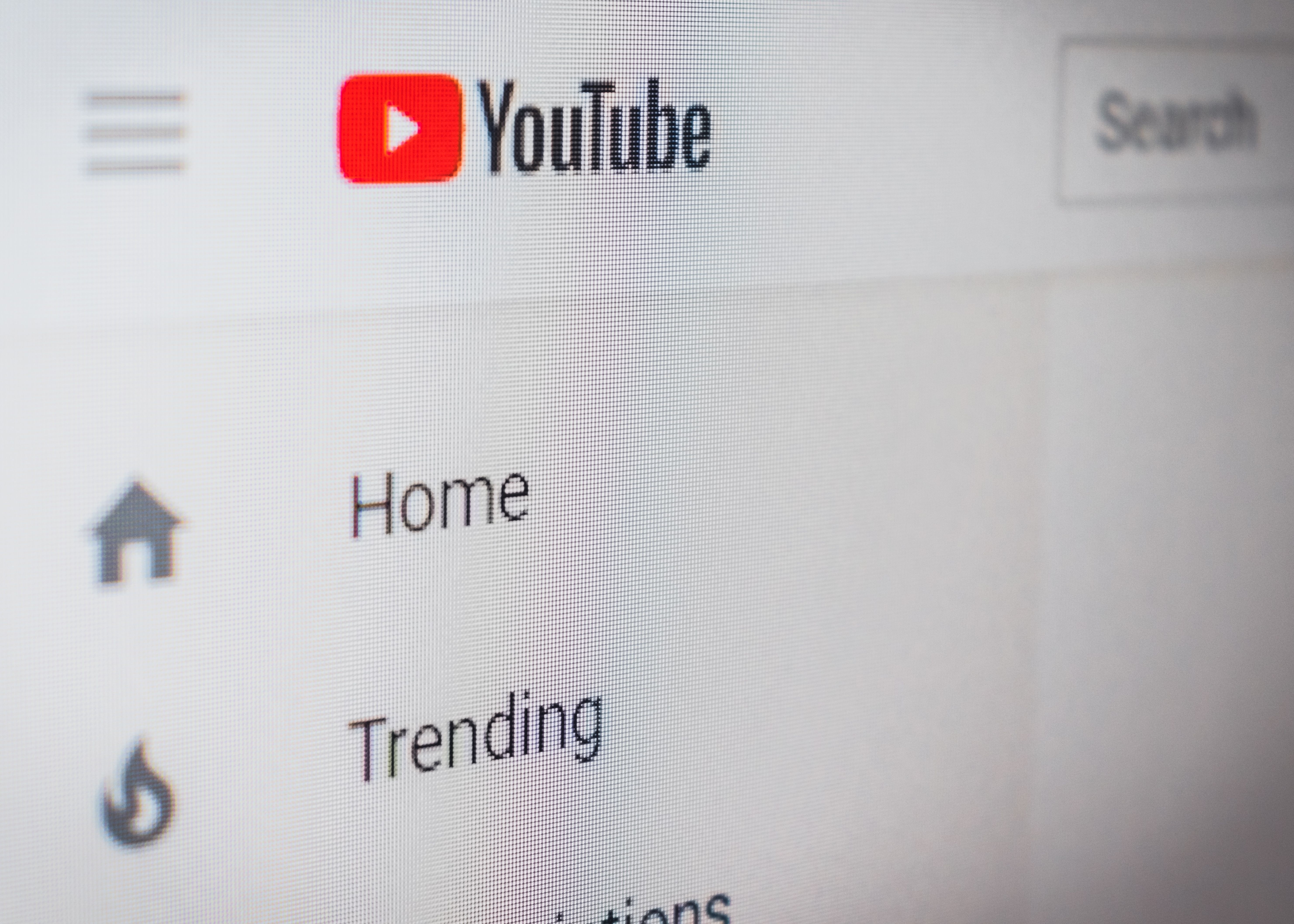
Have you ever wondered how to add captions to YouTube videos? Well, this step by step guide will show you how to get accurate captions quickly.
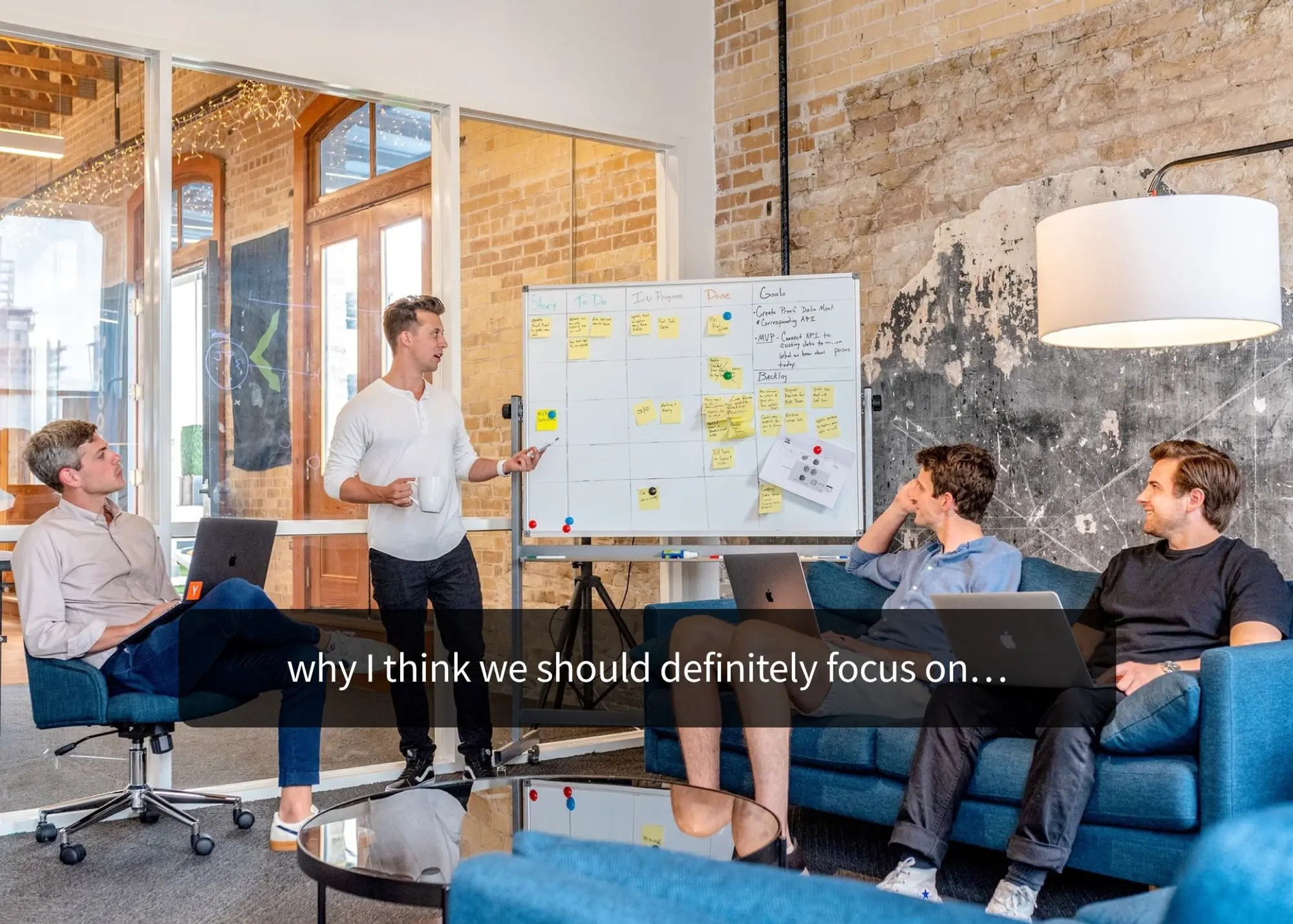
Your subtitles need to be readable and perfectly synced with the video and perfectly follow the reading skills of your audience. For example, you don't make subtitles for adults the same as subtitles for children.
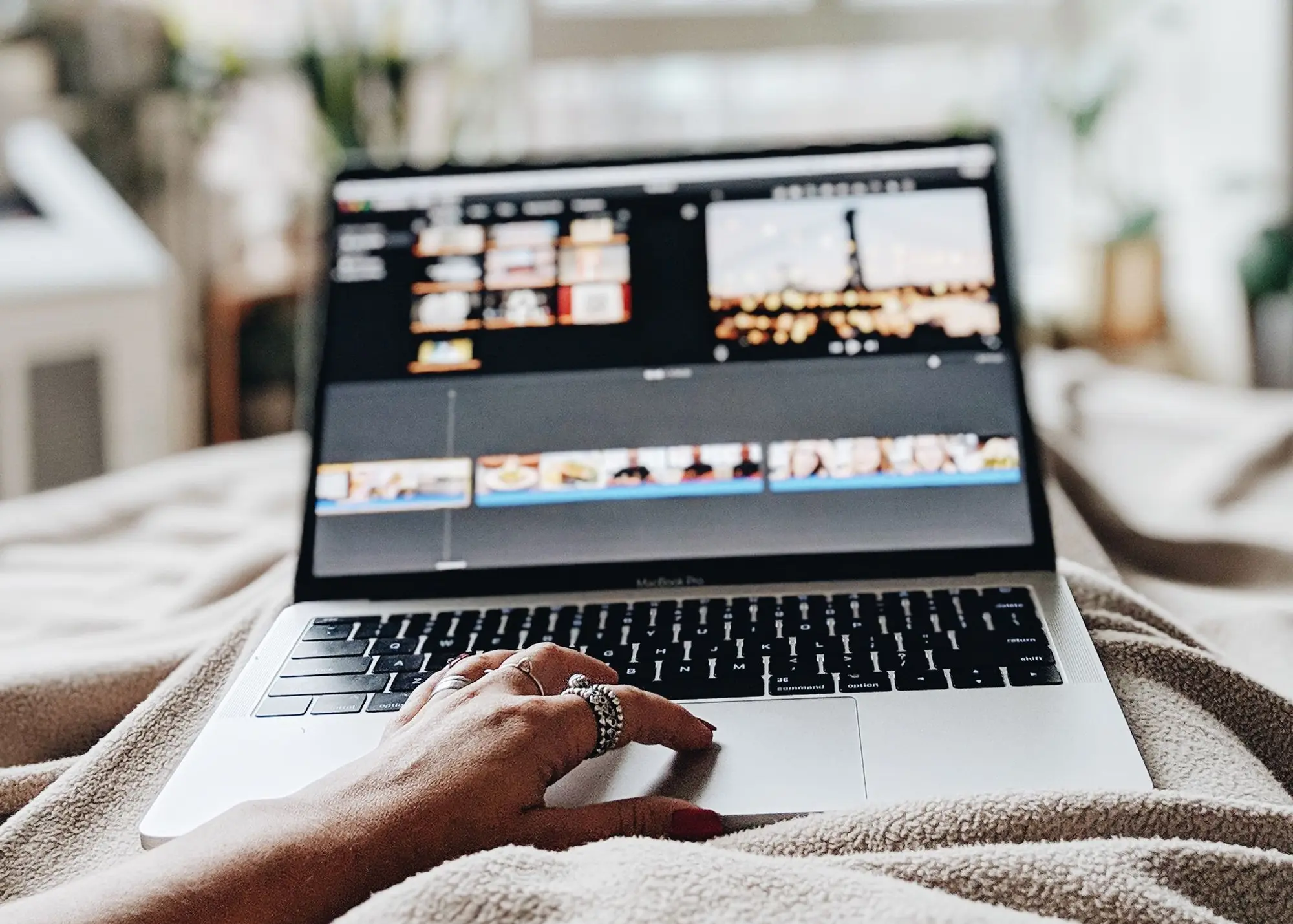
Use Happy Scribe to get a free SRT file for your 30-minute video.

Adding subtitles to videos can increase audience engagement, improve accessibility, and help promote a positive image of a company, making it a useful tool for job postings and promotions.
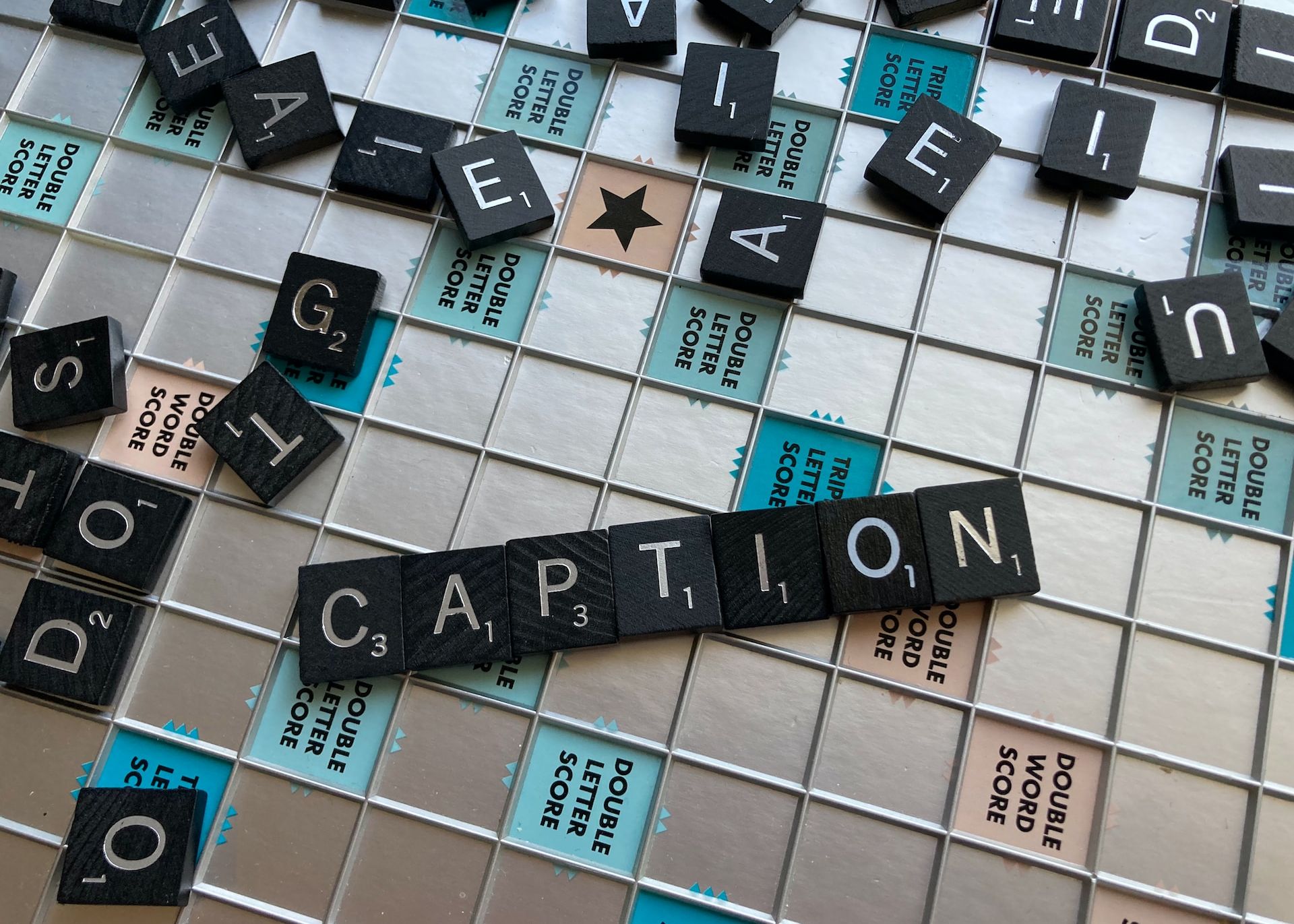
Dive into the differences between SDH and closed captions, and discover how Happy Scribe can revolutionize your video accessibility with automatic, customizable, and multilingual transcriptions.
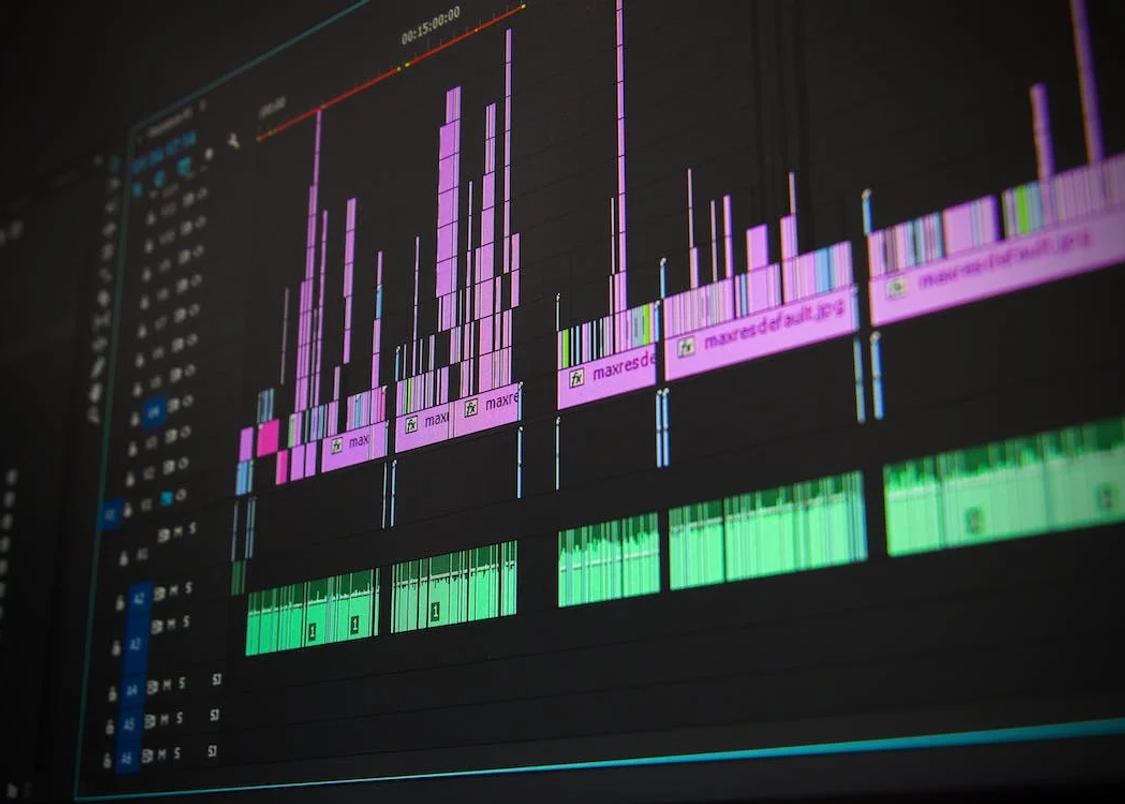
Not sure how to add subtitles to a YouTube video? In this article you will find some of the best and easiest ways to add captions to videos.
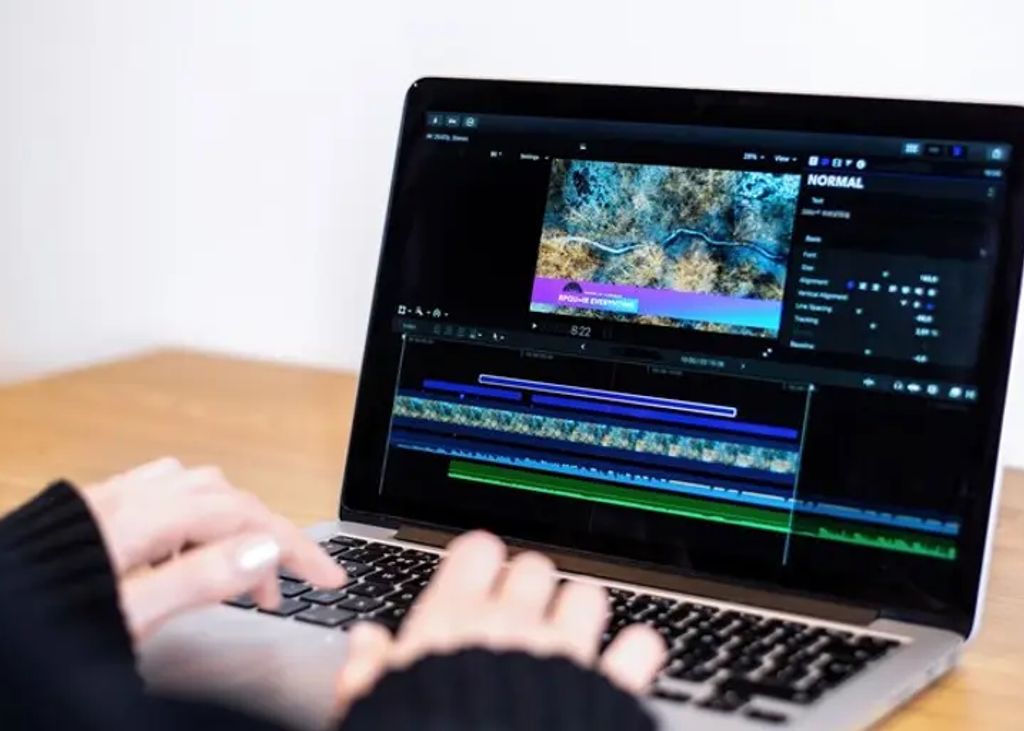
Do you need Spanish subtitles for your videos? Learn how to translate and transcribe English audio quickly while maintaining contextual accuracy.